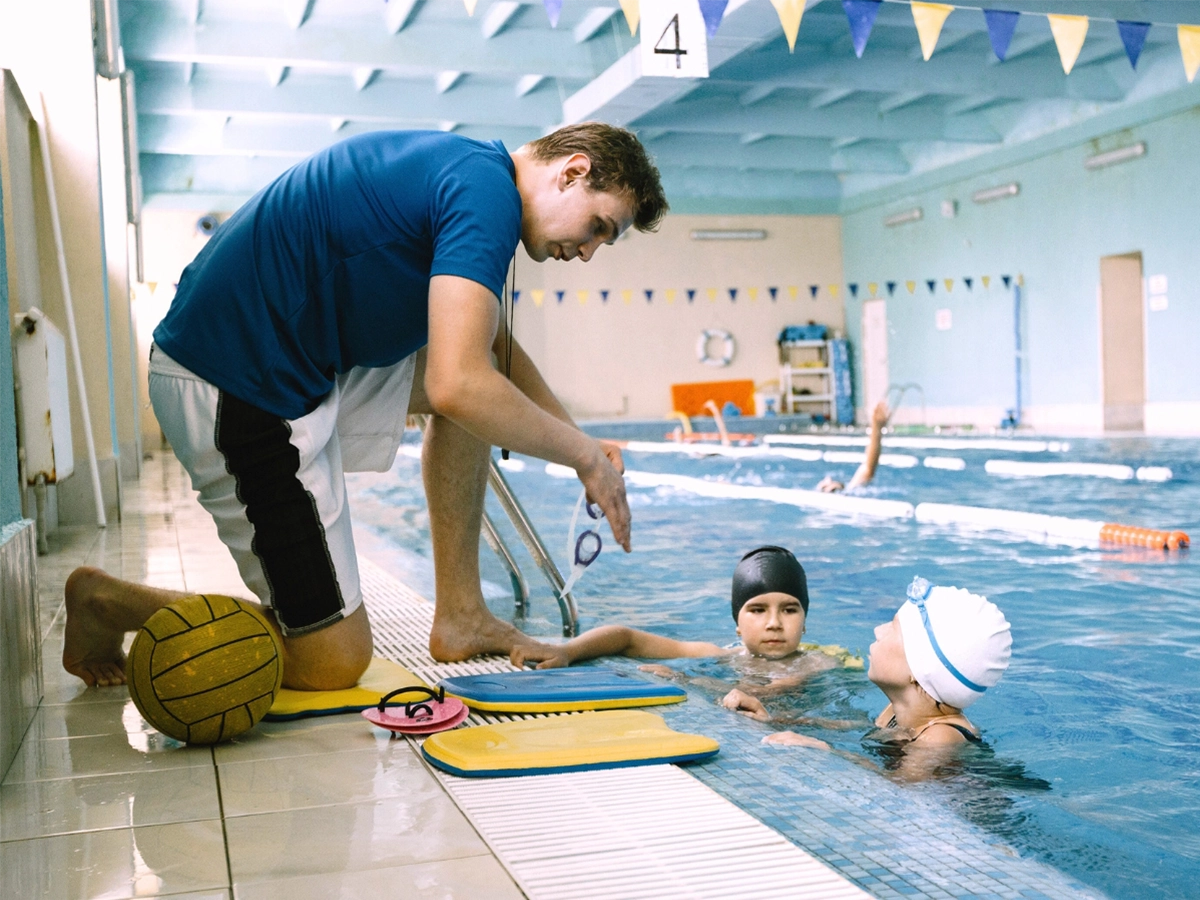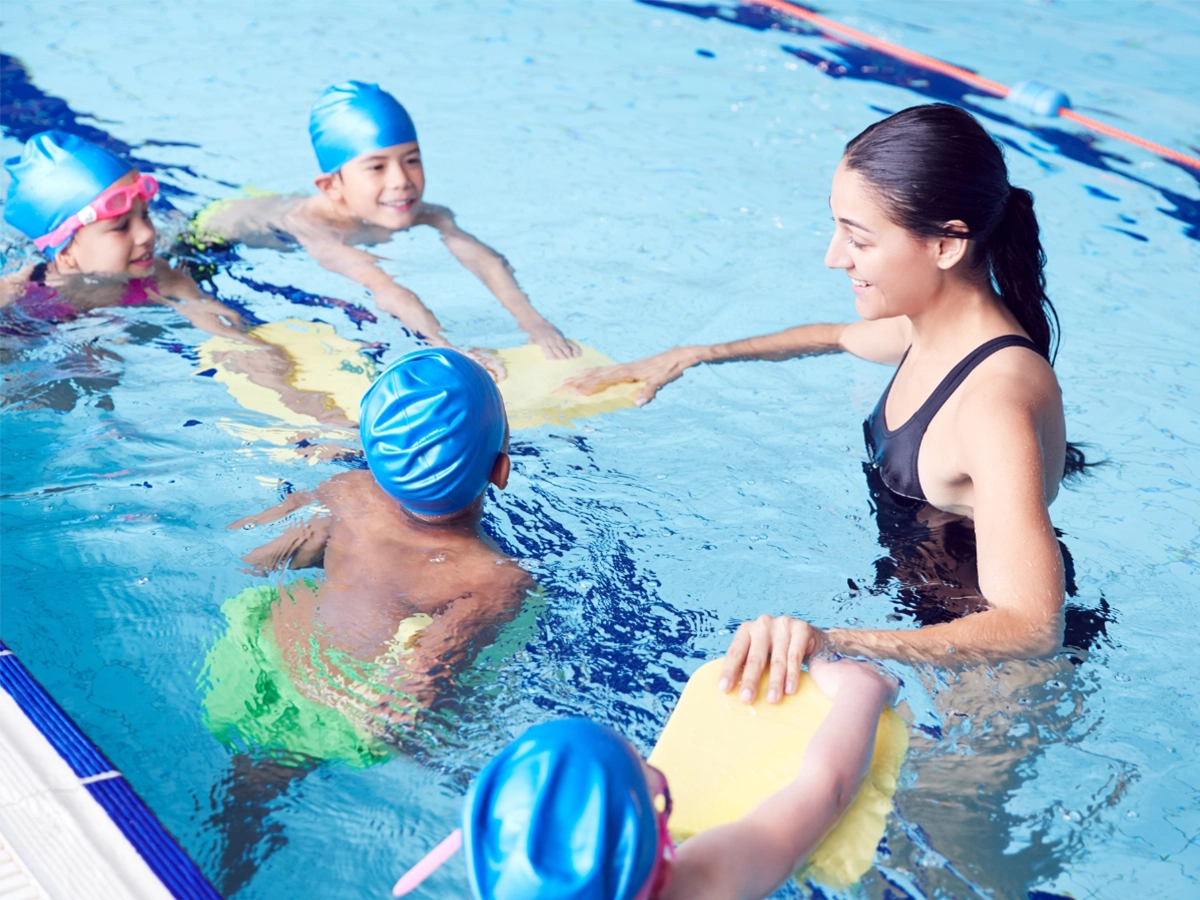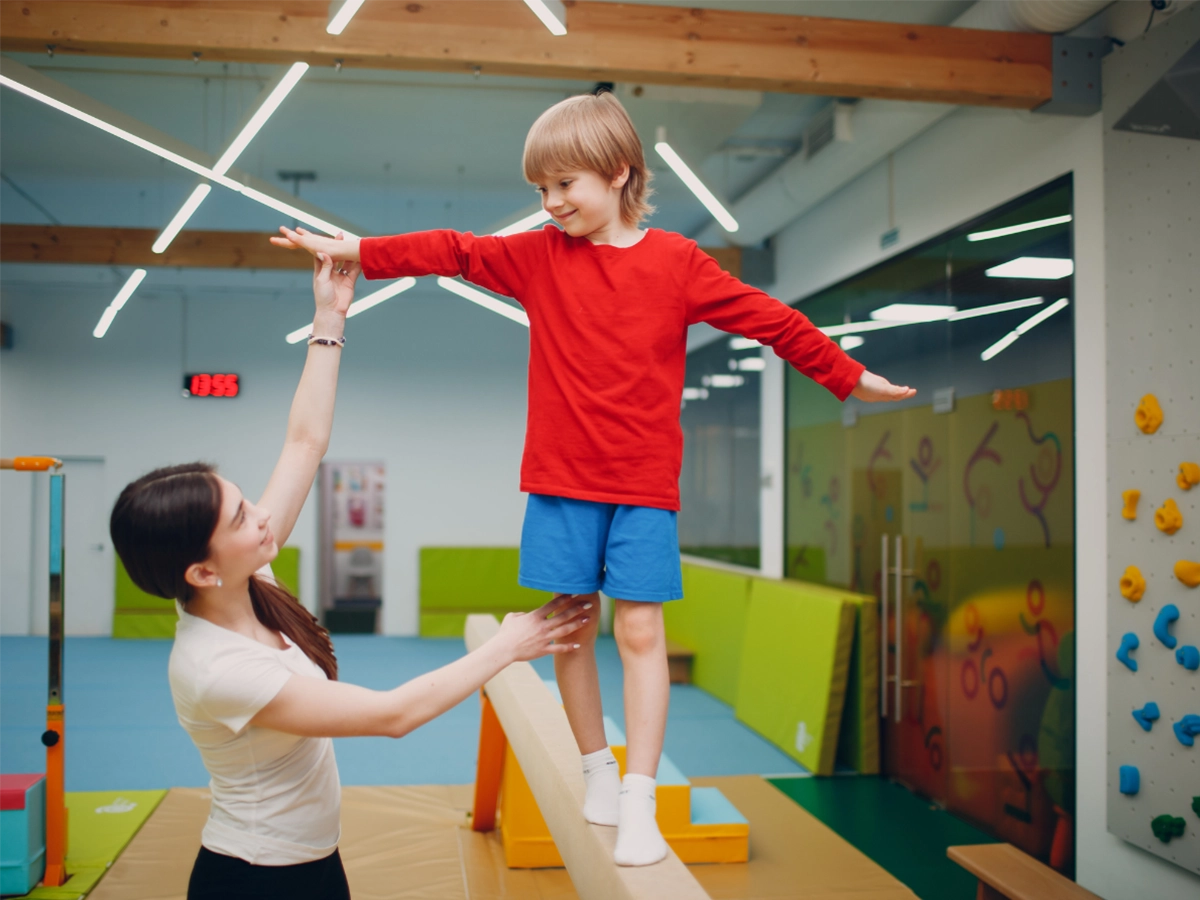Resilience is the ability to adapt well to adversity, trauma, tragedy, threats or even significant sources of stress. Resilience is the never quit attitude that makes children determined to master a skill or accomplish a goal.
Learning resilience can apply to both everyday occurrences and those that may rarely occur.
You may first think of things like:
- A 12-year-old learning they didn’t make the soccer team
- An 8-year-old learning their best friend chose to sit across the room instead of next to him
- A 7-year-old losing at a favorite game
- An 11-year-old having a difficult time learning a gymnastics skill
These statements are not all there is to resilience. Yes the statements above represent challenges, however, challenges are only the first part of learning resilience. The second half is the reaction to the challenge.
So if you look at the challenges above, it helps to restate them with a response of resilience.
Of course, the responses of children to challenges can be as different as the children themselves. These are examples:
- A 12-year-old boy learns he didn’t make the soccer team, so he congratulates the kids who made the team and says “I’ll try again next year!”
- An 8-year-old girl sees that her best friend chose to sit across the room instead of next to her and waves at her friend and enjoys talking with those who are sitting around her.
- A 7-year-old boy loses at his favorite game and happily asks for a rematch.
- An 11-year-old girl has a difficult time learning a gymnastics skill and doesn’t give up but keeps trying to master it.
Learning resilience isn’t just for older kids. The very young have opportunity to learn resilience, too.
- A 4-year-old boy realizes all of the space is taken at the play table and goes over to the building blocks instead.
- A 3-year-old girl is disappointed that her friend isn’t coming to a play date and agrees that playing with her dolls will be just as fun.
- An 18-month-old cannot get the top off of her toy bin and tries every way to open it until it finally works.
- An infant in swimming class masters turning over in the water by trying over-and-over again.
It’s important for children to learn resilience early-on and to continue learning it from different experiences.
In today’s culture, where parents are fearful for their children and very protective of everything they do, it’s more important than every to seek out opportunities to teach resilience.
What’s the big deal?
Why is it so important to teach resilience?
It’s crucial for children to learn resilience if we want them to grow into confident, engaged, fulfilled, happy members of society. They must learn to pick themselves up, brush themselves off and bounce back.
Yes, today’s culture invites parents to do everything for children and shield them from any potential harm and leaves no room for learning resilience. If this scenario takes place, children don’t learn resilience because they aren’t allowed to fail, struggle or face disappointment. Children’s lives are made very easy because parents will just buy the toy to avoid the Target meltdown.
Tiny Ones Learn Resilience from Basics
Tiny babies face frustrations in learning to move their bodies around. Most babies are naturally resilient and keep trying. This is the beginning of learning resilience.
Resilience isn’t just something children learn from parents or school teachers. Resilience can be learned in everyday life and in activities that are fun and have other tremendous values besides teaching resilience.
Activities That Teach Skills Also Teach Resilience
Children’s activities like swimming, gymnastics, cheer, dance, music and martial arts require children to keep trying or they will not make much progress. These are prime activities that children love to learn that have a bonus benefit of teaching them resilience.
Every lesson contains tests that direct children toward being resilient. After all, every skill isn’t always easily picked up. The child may struggle at first with exactly how to make his arms or legs do what the instructor is showing him. It may take the student several tries or it may even take him several lessons to catch on to a skill or stroke. Being able to accept this frustration and keep trying is the process of developing resilience.
Read about a coach who teaches resilience.
Sources:
http://www.apa.org/helpcenter/resilience.aspx
https://bouncebackparenting.com/25-ideas-for-teaching-your-kids-resilience/














